Absenteeism in school has escalated at a national level in recent years with the number of student absences nationwide remaining well above pre-pandemic levels. The question is–does Carrollton face the same problem and, if so, how can we improve?
Looking at the data:
One way to track attendance trends is to look at the numbers of letters sent to students who are chronically absent. Upper School Dean of Student Life Mrs. Rodriguez carefully tracks the number of student absences each semester and sends out letters to students in grades 9-12 who have missed five or more days of school.
So far this year, Mrs. Rodriguez has sent out letters to 15 of the 340 high school students. Last year she also sent out 15 letters, but only sent out eight in 2022-2023. (For the two previous school years, there were slightly fewer students in the high school–approximately 330.)
However, this does not necessarily mean that absences nearly doubled from one year to the next. In fact, in the 2022-2023 school year, the daily count of student absences was actually higher than years when fewer letters were sent out. “The attendance this year has gotten a little better than it was last year,” confirmed Mrs. Rodriguez. “Definitely significantly better than [the 2022-2023 school year], where attendance was very poor.” This could be because the absences were spread out amongst more students.
Comparing data on attendance from different years is difficult because, due to Covid and changes in administration, data has been collected differently. For example, during Covid, all absences related to doctor appointments and sick notes were excused, whereas now only school-related absences are excused. In addition, for some years, Carrollton has taken attendance daily and for others per period.
What we can see is that the number of absences may be declining, especially during this school year. This does not mean, however, that there is not room for improvement. And as Carrollton looks for ways to boost attendance, it is important to consider the reasons students are absent and how to address these issues.
School-related absences:
This year, out of a poll of 146 9-12 graders, 31.5% of students have missed fewer than 4 days of school for school-related absences, while 6.2% have missed 16 or more days.
Of those students, 31.5% missed due to school trips. Debate tournaments and sports were also a common reason for absences with many students saying they most often missed school for soccer, track and field, volleyball, and swimming/diving.
Unexcused absences:
Of the students who answered the poll, 31.5% of students said they have missed fewer than 4 days of school this year for unexcused absences, which are defined as all absences that are not school related. However, 13% of students stated they had missed 12 or more days.
The biggest group of students (45.2%) said most of their unexcused absences were due to illness. 14.4% said they most often missed due to family and college trips while 13.2% of students noted that anxiety and stress were a major reason for their unexcused absences.
(Importantly, this poll was sent out after the seniors’ last day of school, so it is likely many seniors did not complete the survey.)
So, how can we lower the amount of absences at Carrollton?
The truth is it’s complicated.
Missing school for sports and illness may be inevitable as students have to go to games and everyone needs to rest when they are sick. So, although those reasons are major contributors to student absences, there really is nothing we can do to reduce it.
However, when it comes to college and family trips, students should schedule those during breaks rather than school days. One way to encourage this is to make sure teachers hold their students accountable. Teachers must consistently enforce department policies when students miss school and fail to make up assignments on time. This could ensure students think twice before missing school for a vacation or college trip. One issue, however, is that often students do not schedule these trips, their parents do. Having a meeting with parents at the beginning of the school year to emphasize the importance of attendance and expectations might be helpful.
Many students also reported missing school because they were stressed, tired, and needed more time to work on assignments. To address this, I think teachers should collaborate with one another to see when students are extremely overwhelmed with work and major assignments. By coordinating schedules, teachers can distribute assignments more evenly throughout the week or month, rather than stacking them all on the same day. This approach would help relieve student stress, allowing them to focus on one assignment at a time instead of struggling to complete multiple tasks at once.
Aside from addressing the specific reasons students miss class, teachers and administration should consider ways to incentivize them to attend. One way to encourage students to come to school regularly could be to offer more course options. This would give students the opportunity to choose classes that are more engaging and interesting to them. Having more electives such as interior design, architecture, astronomy, or marketing might be a huge motivator.
Another way to promote student attendance could be to create a friendly competition between the grades in the high school. The grade with the least amount of absences at the end of the year could win a prize.
Finally, it is important for the administration to create a sustainable, consistent method for collecting attendance data so that we can identify overall trends and compare them from year to year. This will help us not only identify issues when they arise, but celebrate improvements as we work to keep students in the classroom.





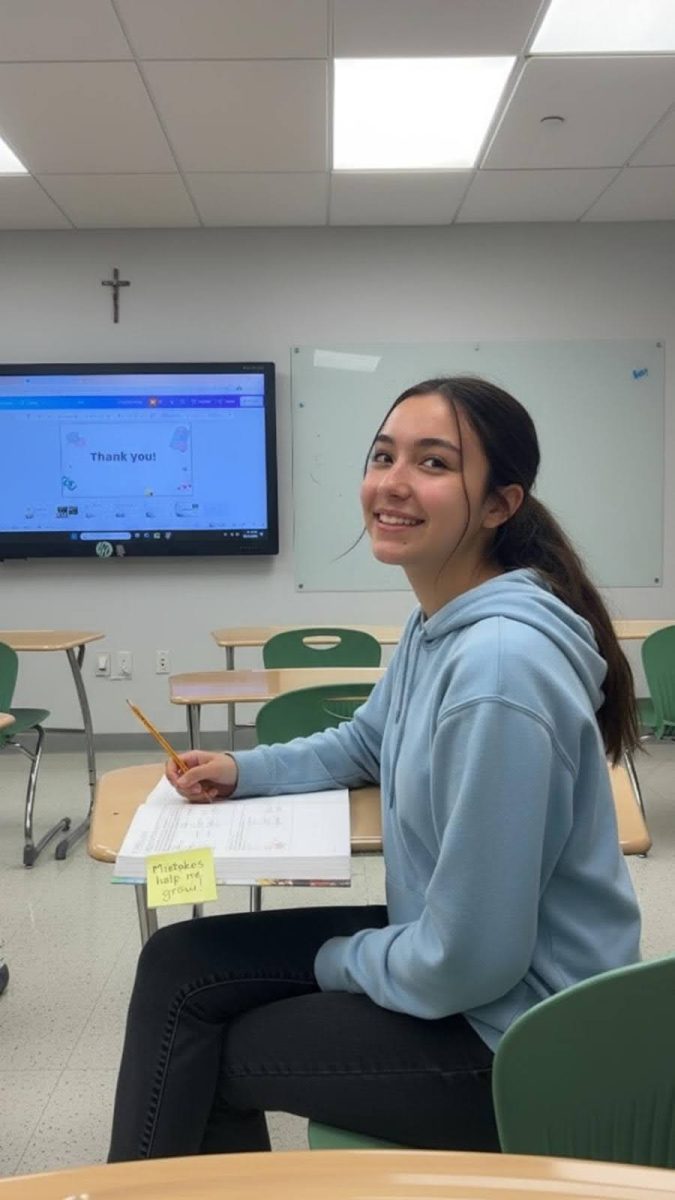




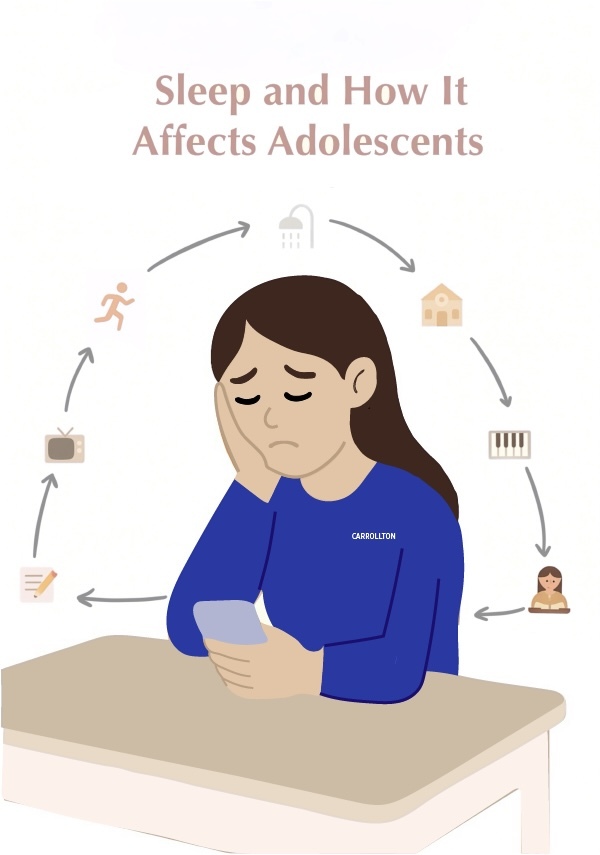











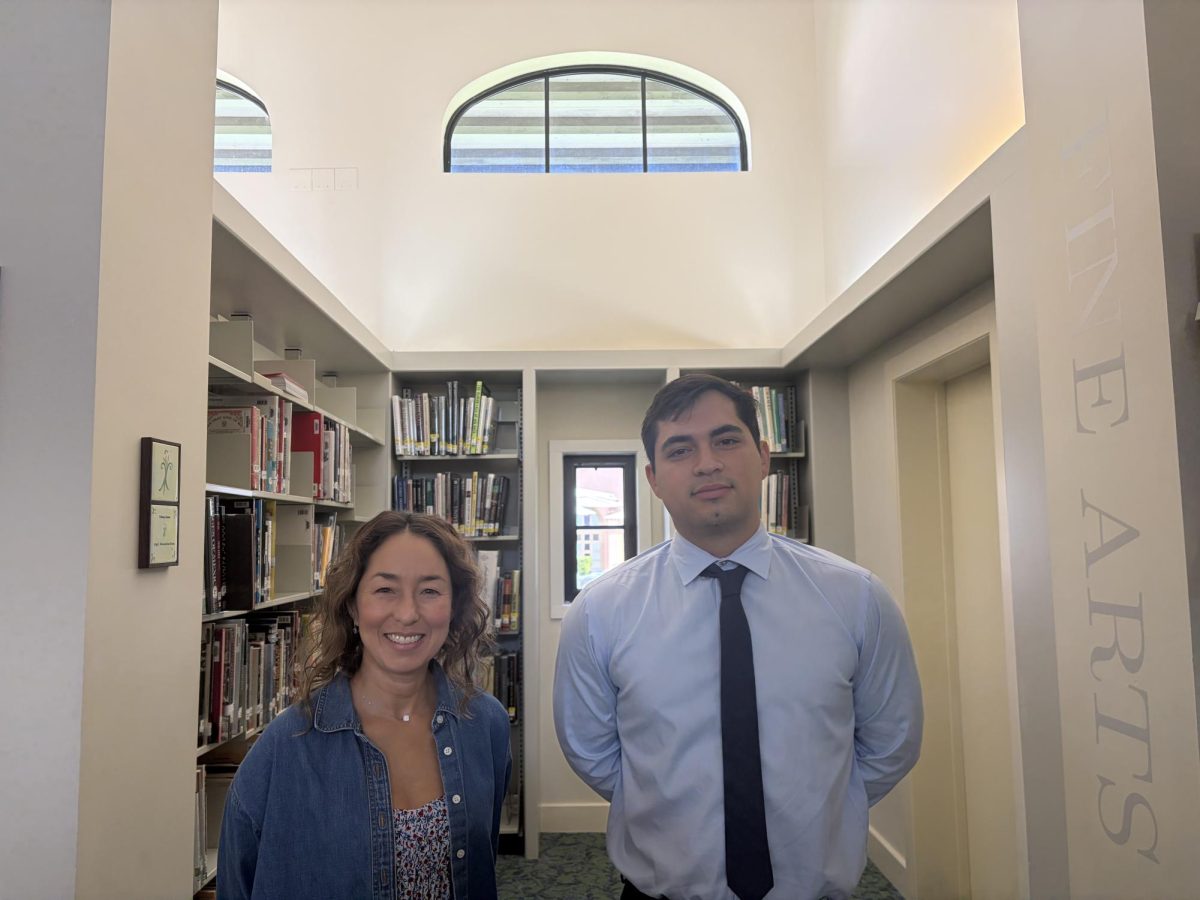



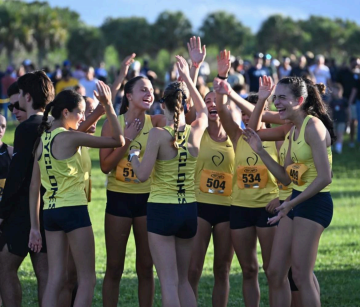

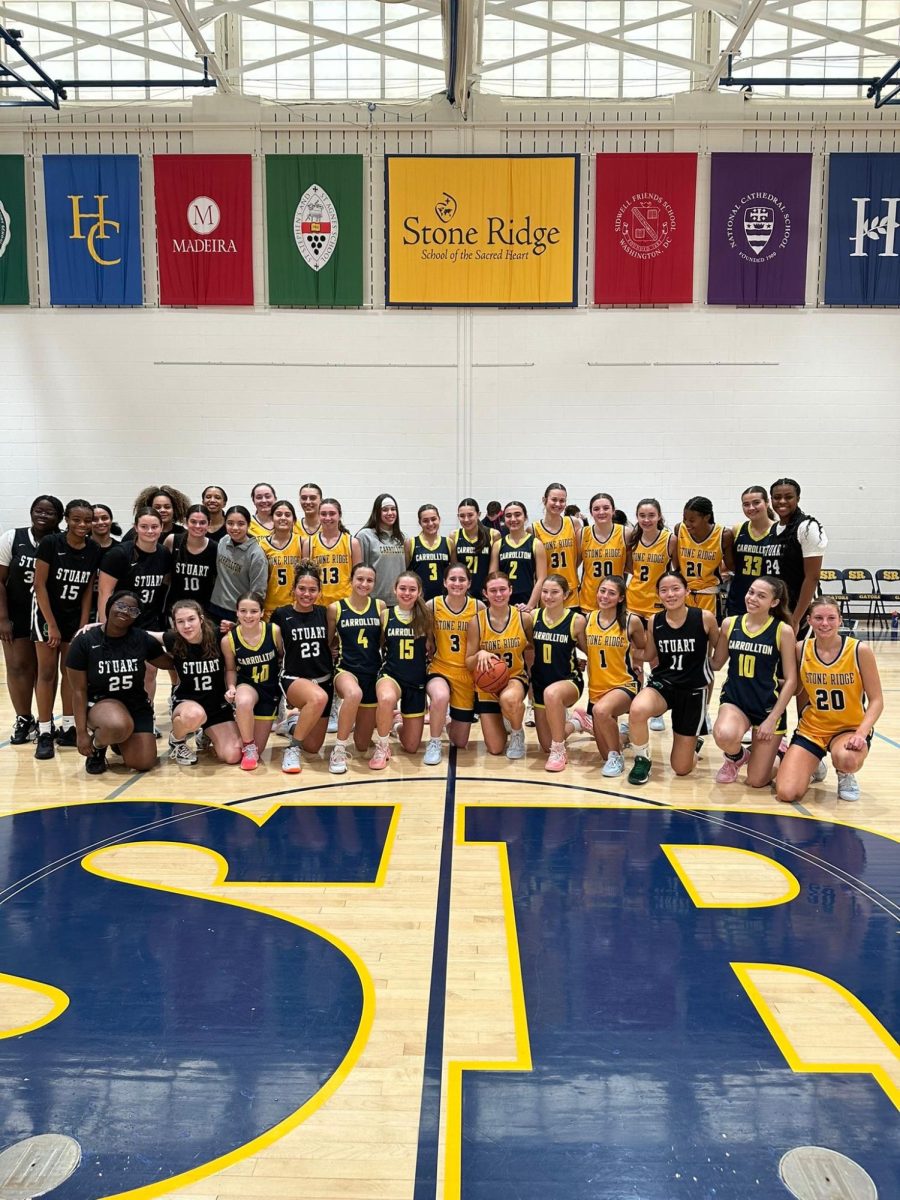

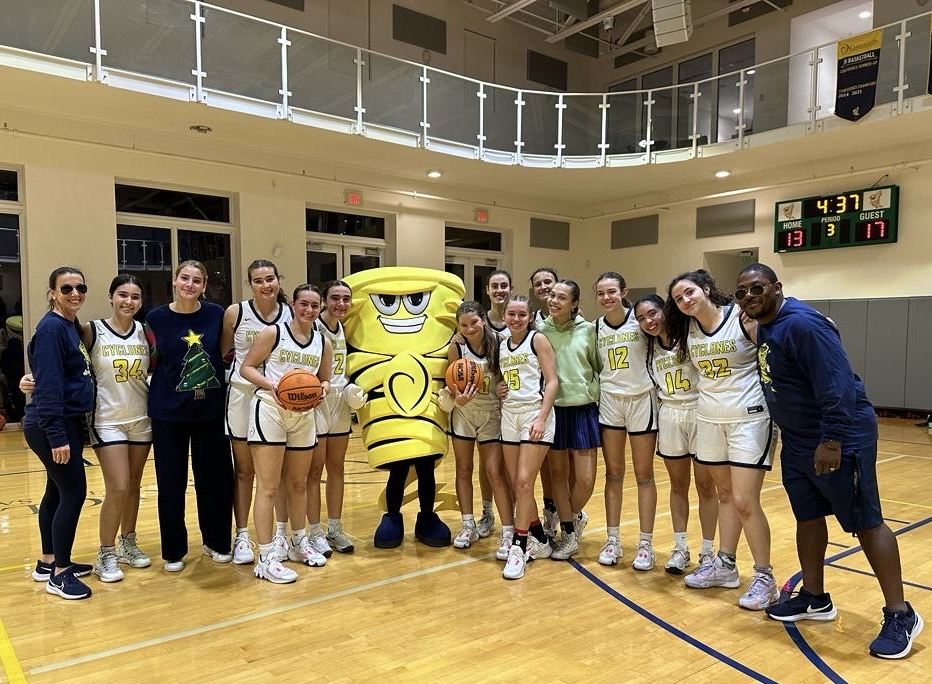








Annie Hernandez • Oct 2, 2025 at 10:15 am
Great job!
Bridgeen O'Connell • Jul 15, 2025 at 2:29 pm
Interesting read.